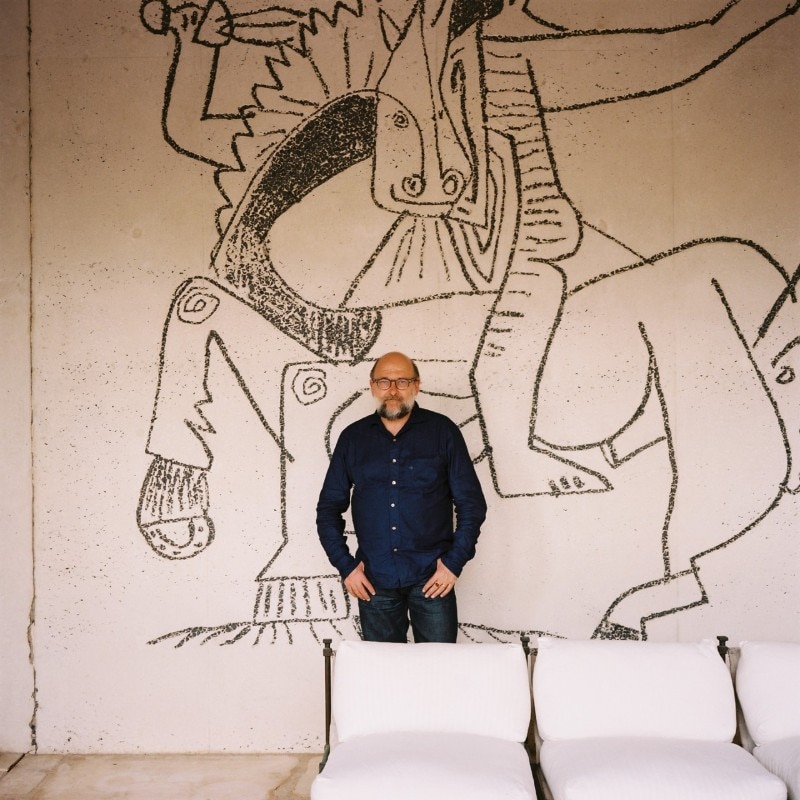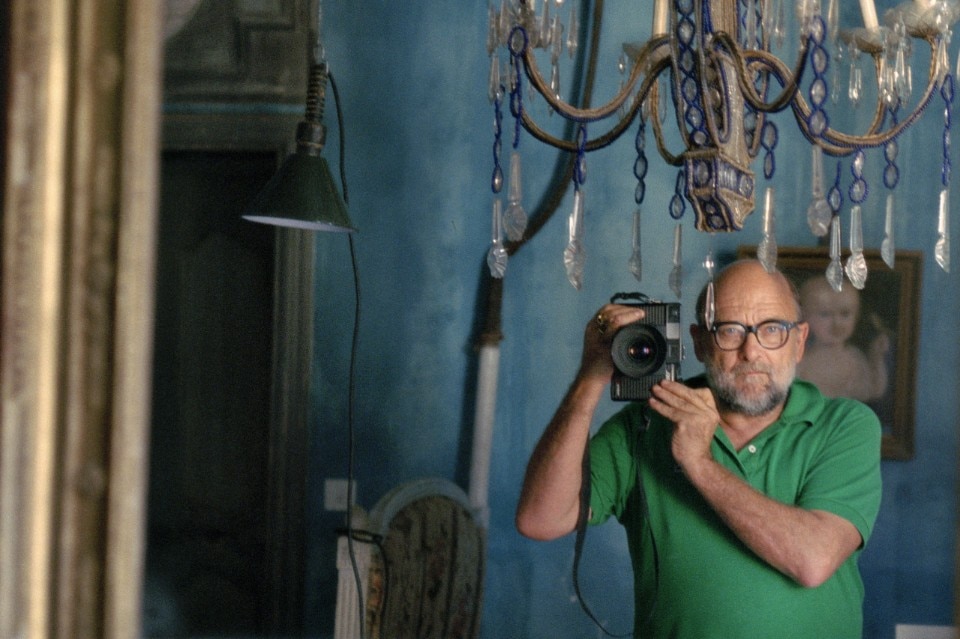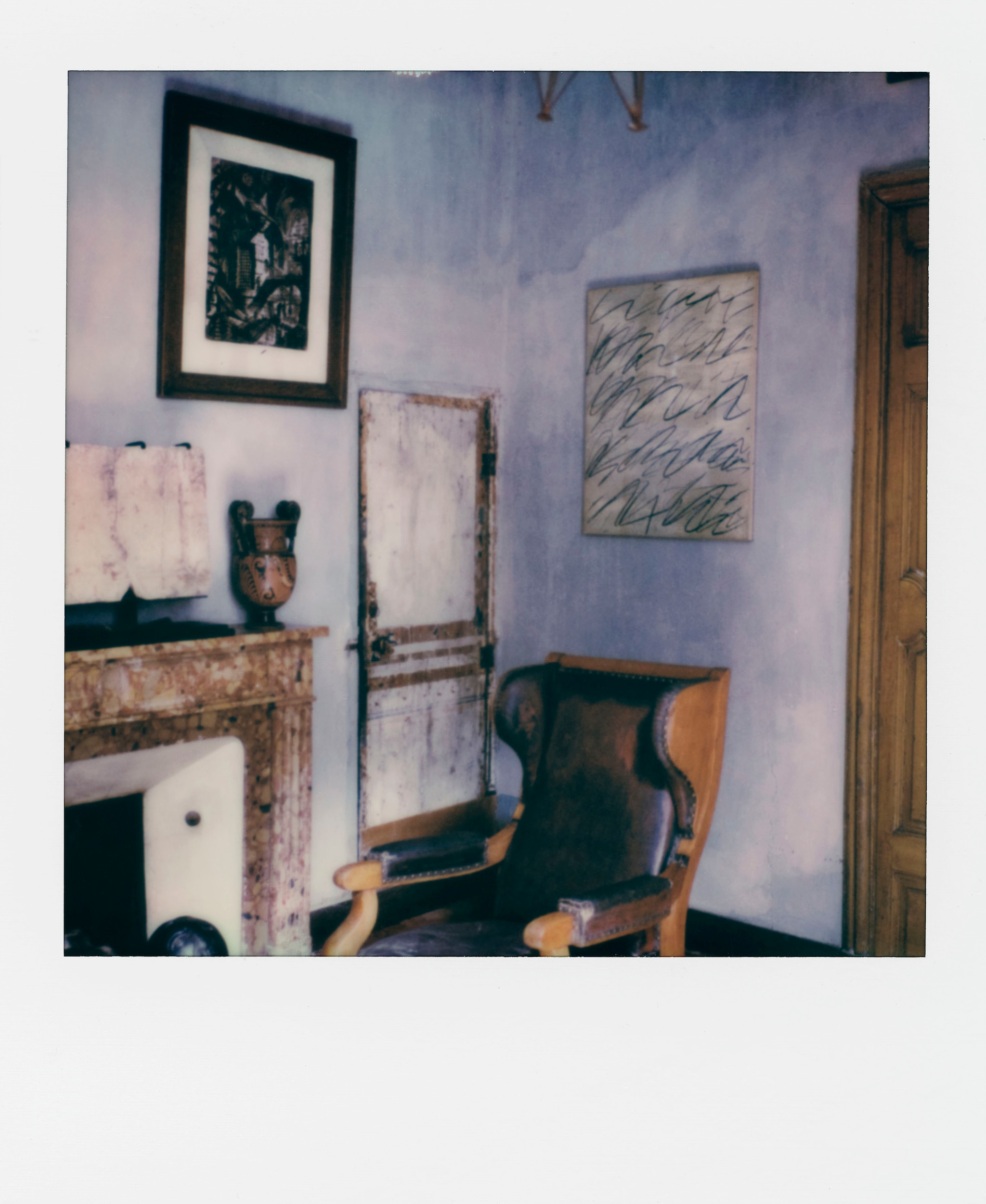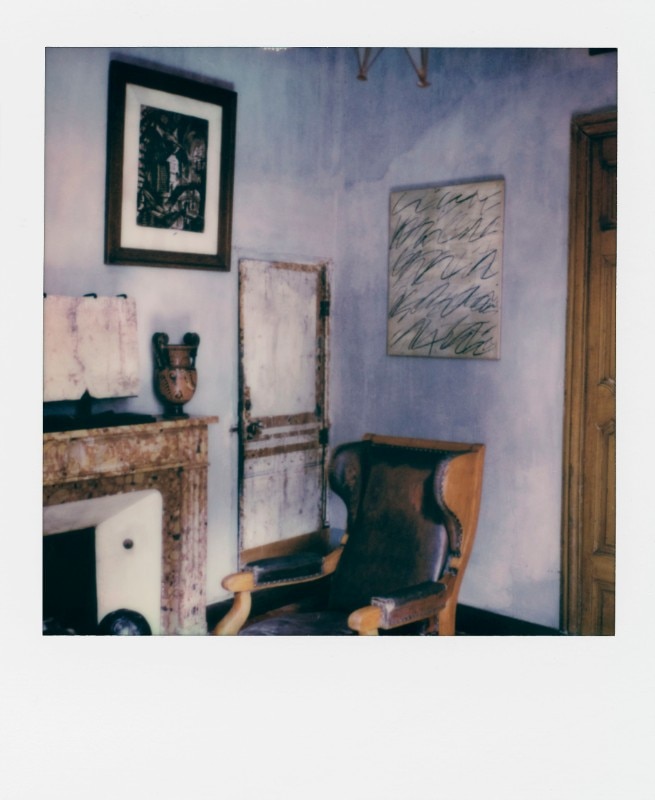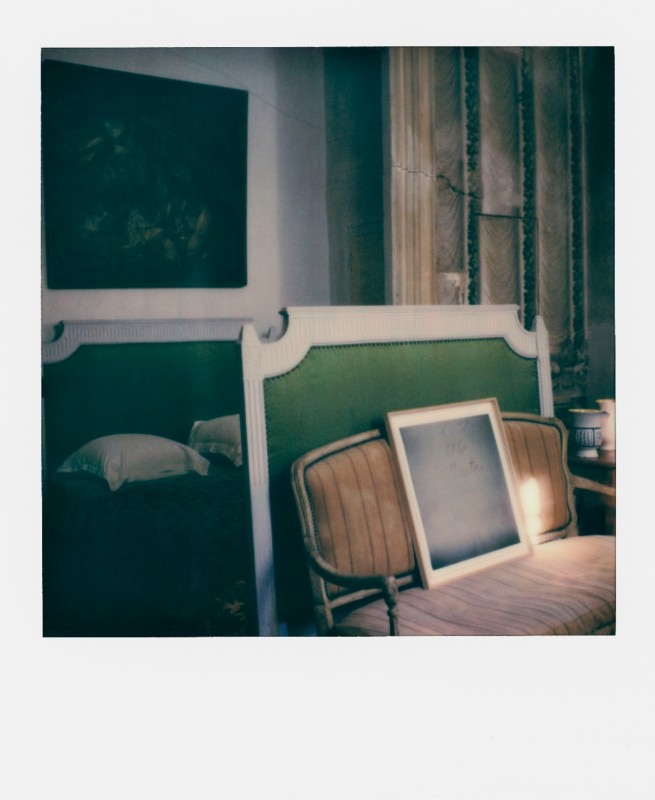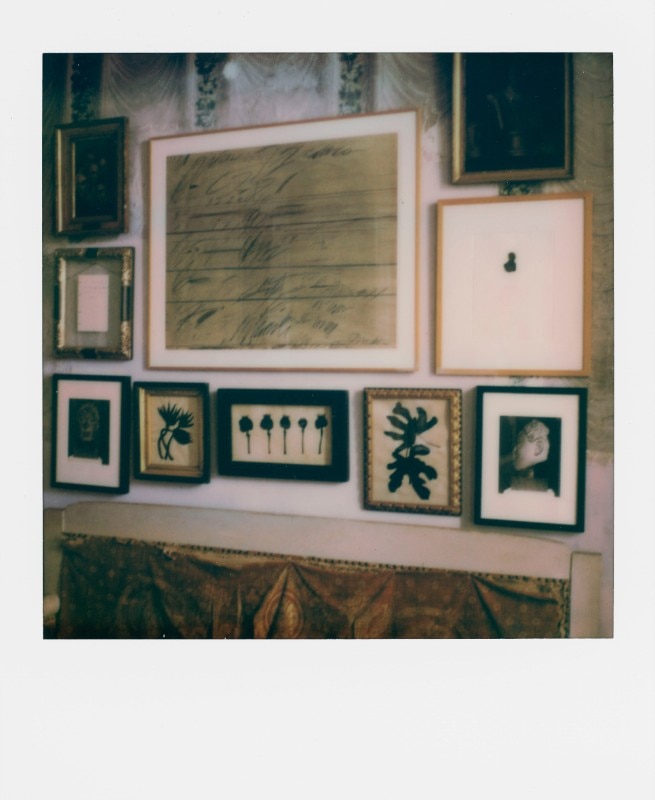To find the roots of his photography, Francois Halard took a DNA test. He recounts this with amusement as he walks through the dozens of rooms of the hôtel particulier in the centre of Arles where he has been living for the past thirty years. It is the time of the Rencontres d’Arles – France’s historic festival of photography – and the Provençal town is full of photographers, but Halard immediately clarifies that his choice to live here has nothing to do with the photography around here. “Arles is the most Italian thing you can find in France” he says: “in the 18th century it was called little Rome”. And indeed, the DNA test confirmed that his blood is very Italian. “I discovered that I have more Italian roots than French, and this explained a lot to me, my way of seeing the world is Italian, it is a continuous mixing of the ancient and the contemporary. This is my photography, it holds together past and present”.
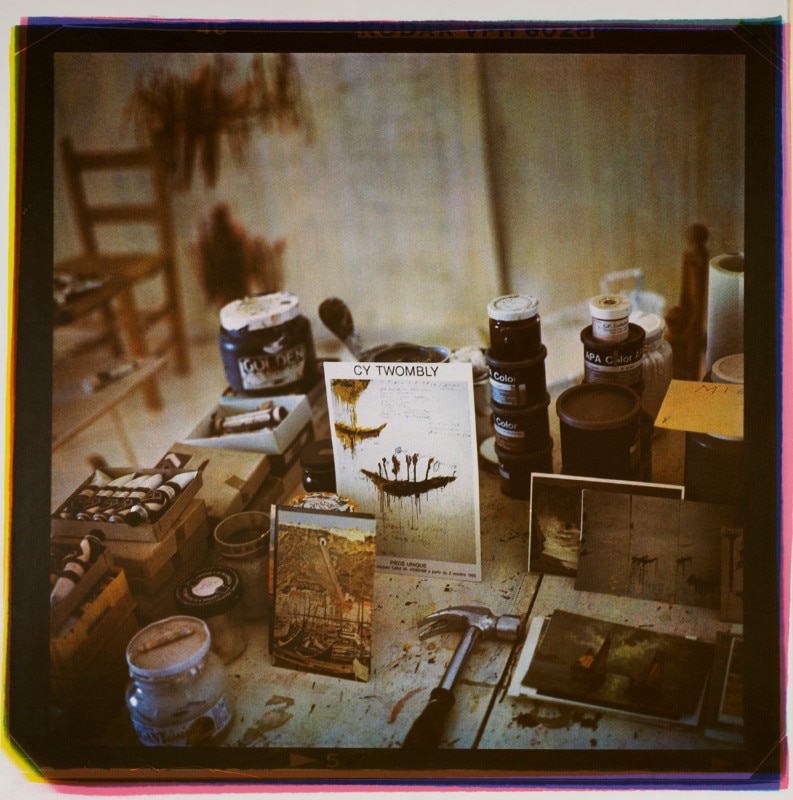
During the first lockdown, he remained locked in this house for fifty-six days and took advantage of it to reconnect, through his camera, with all the objects – hundreds, perhaps thousands – resting on the bookshelves, on the furniture, on the tables, everywhere. The result was the book “56 Days in Arles”, that helped Francois Halard return to photographing what really interests him. “After years travelling around the world photographing for magazines, this is the time to work for myself, this is now my priority” he explains. “The pandemic encouraged me to change, I went back to doing the things I used to do a long time ago, for example painting, I used to do that in the 1980s and then I stopped. I feel like working for myself again, with my own idea, my own vision, and I find that doing it today is also more fun because in the meantime I have gained experience”.
In other words, he is resuming a research he began many years ago and was forced to interrupt – “I had to work” he laughs – but this does not mean that he is looking back at the past, there is no nostalgic approach in these photographs. “It is all about the future. The objects you see in this house have been collected over the years, they are souvenirs from my trips, from photo shoots, gifts. When I photograph them, I want to bring this collection back to life. That’s all. It’s a form of re-appropriation, it’s like a new beginning. There can be no nostalgia in making something come alive”.
I feel like working for myself again, with my own idea, my own vision, and I find that doing it today is also more fun because in the meantime I have gained experience.
What is the common thread of the collection? “No fil rouge, no historical period, no specific style” Halard observes “only inspiration and memory guide my collection. There are Korean vases, there is a vase from the years of the World War that was given to my parents, there is my first work of art bought in the mid-1980s, there is this print signed by Schnabel, there are memories of my time spent in artists’ studios”.
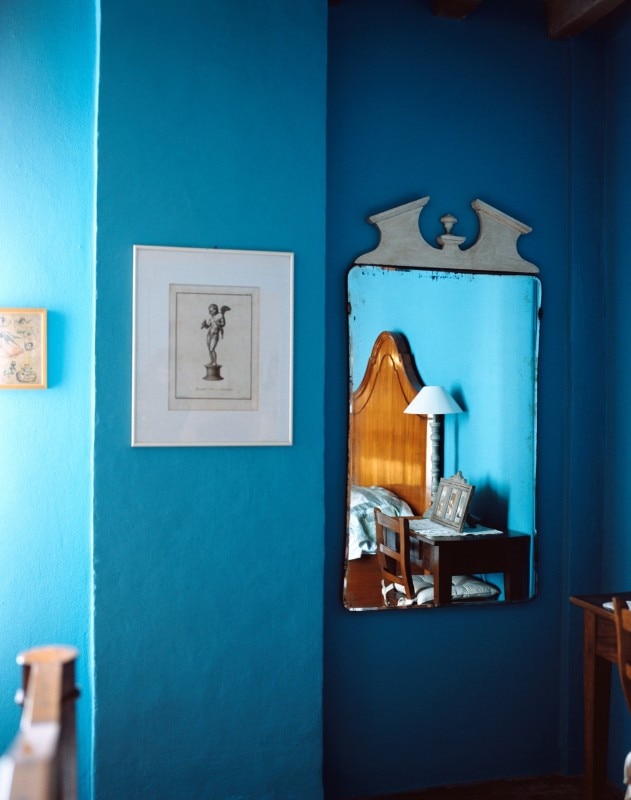
The house in Arles is not a museum, and soon also realise that Francois Halard does not like being told how beautiful it is. “It is not an exhibition and I don’t want it to be published in the newspapers as a beautiful house. It is a body of my work. The decoration of this house changes all the time, it changes according to the projects I am working on. The prints hanging on the walls, the layout of the tables and the spaces change. Nothing is ever still here”.
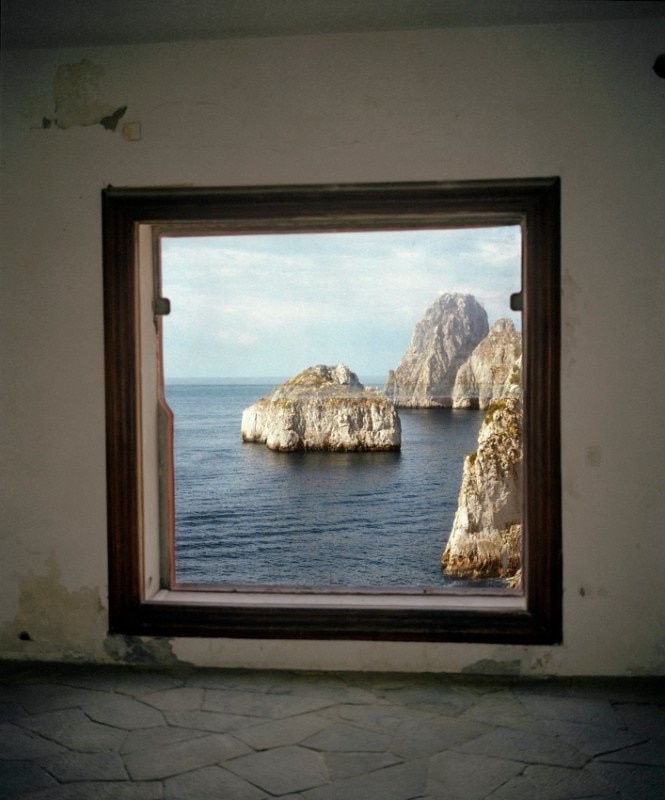
Throughout his life, Francois Harald has photographed the most beautiful houses in the world and the ateliers of the artists of the 20th century who inspired him, with whom his relationship was one of friendship and inspiration. He is convinced that all these houses are the autobiography of their owners. “Michelangelo Antonioni and Monica Vitti’s Dome in Sardinia was a reflection of their relationship with Italy. Villa E1027 in Roquebrune Cap Martin is all about Eileen Gray’s vision. Houses can be a person’s best autobiography. Malaparte, with his Villa in Capri, said he designed his own landscape, not a house”.
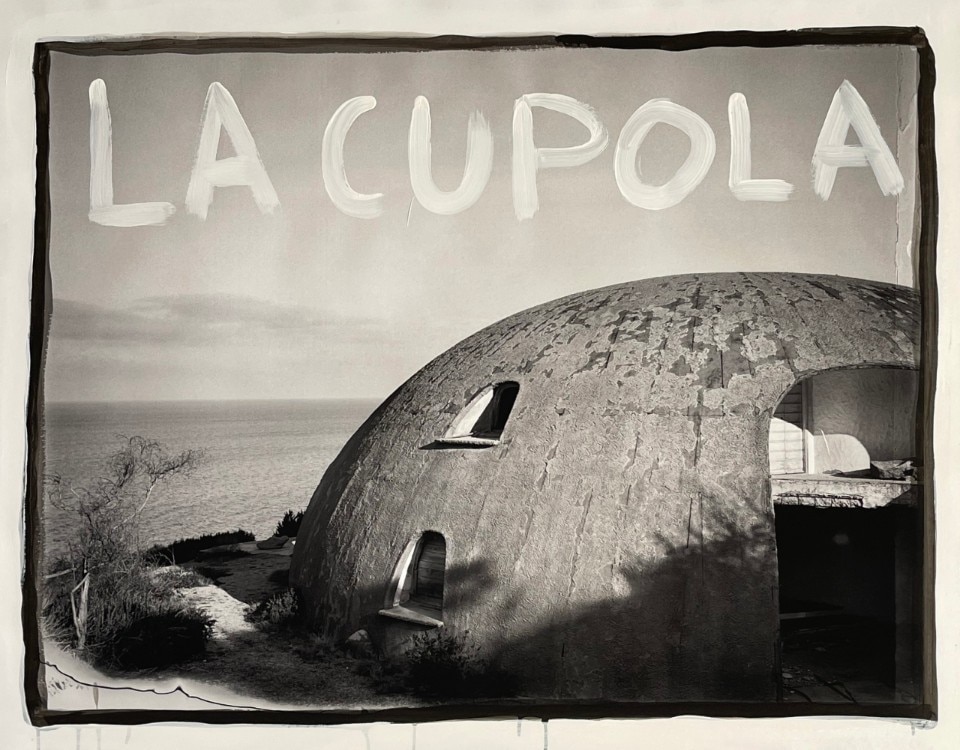
And do these photographs tell the story of your life? “I think so. My life has always been linked to objects, to design. When I was eighteen, as a birthday present, I asked my parents to go to Fiera in Milan for the Salone del Mobile. When they asked me what present I wanted, instead of choosing a moped or a holiday at the beach, I used to ask for a designer piece, it could be a Zanotta desk, we all loved Superstudio and the Italian design of that period, or anything related to design”.
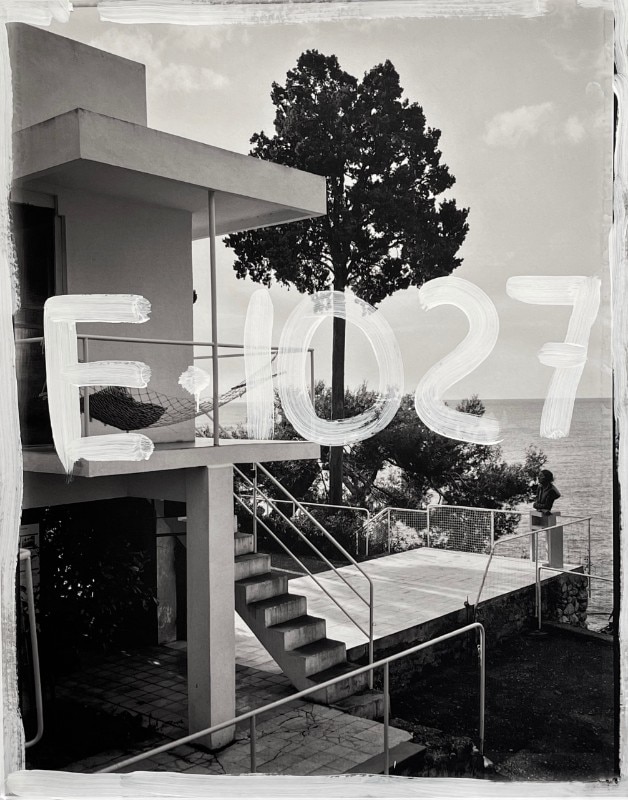
Then he started photographing these items. Images that then became objects themselves. Is that also why the camera, for Francois Halard, was very often a Polaroid? “Yes, because it allows you to create objects, unique and material photographs, it is a very fascinating thing. Sometimes I print the Polaroids in a very large format and paint over them”. It is called manipulation but, in his case, instead of doing it directly on the Polaroid, he does it when they are printed in large format, and the effect is really powerful. This is the series he has been working on for the past few months which he will present in November in Paris. There are the icons of modern architecture, there is a lot of concrete, of which Halard loves the aesthetics and the fact that structure and decoration ultimately coincide, there is Eileen Gray’s Villa E1027 in Roquebrune-Cap Martin with Le Corbusier's murals, which history tells us disfigured the purity of the walls as intended by the Irish designer, there is Dante Bini’s Dome which is now abandoned – “I signed the petition to save it”, says the photographer – and over all this there is his own intervention through painting, a reinterpretation so that “these photographs suddenly become something else”.
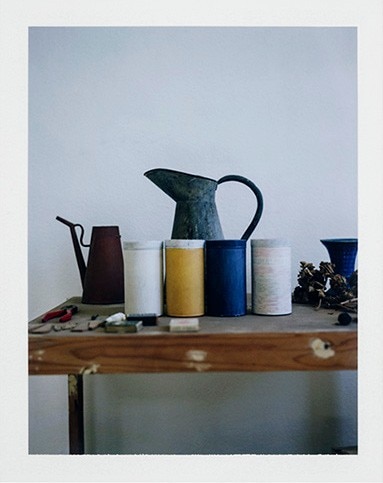
When you take a photograph, even if you take it for others, you are photographing for yourself, you must never forget that.
Design, structure, materials, decoration: what is it that holds it all together in Francois Halard's photographs? “Decoration only interests me if it becomes part of the architecture and if there is a real connection with the life of the people living in the house. In this house in Arles, for example, it is as if I were working on a three-dimensional painting, a painting in which the rooms are real and things are constantly changing. And do you know why they change? Because the decoration is my work, the prints hanging on the walls are the ones I am working on at the moment, it is my activity constantly evolving”.
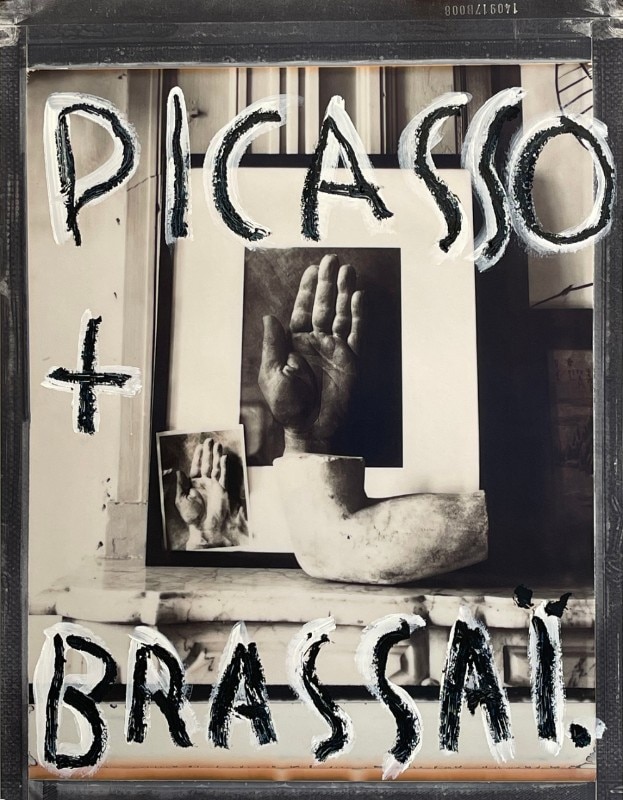
A way of working where everything is connected, where literature mixes with visual arts, society, history and the – never perfect – biographies that have filled Halard’s life, the history of his family and of the entire 20th century. It is probably the connections that make these images truly memorable. The question is simple: why do all magazine photos today look the same, why do we look at them and forget them, but not his? “Because I try to have a real relationship with the image, which is the opposite of being an influencer, I am not interested in speed in any way. An interior photo is a photo of the interior space, not a photo of the decorations. There is real photographic research, which is not an aesthetic research. But these things don’t come on their own, you have to work every day. It cannot be taught. You have to try and try, you have to be really obsessive”. And are there any rules? “The only rule is that everything is always an attempt. When you take a photograph, even if you take it for others, you are photographing for yourself, you must never forget that. In order to take a good photo, you have to please yourself first”.
